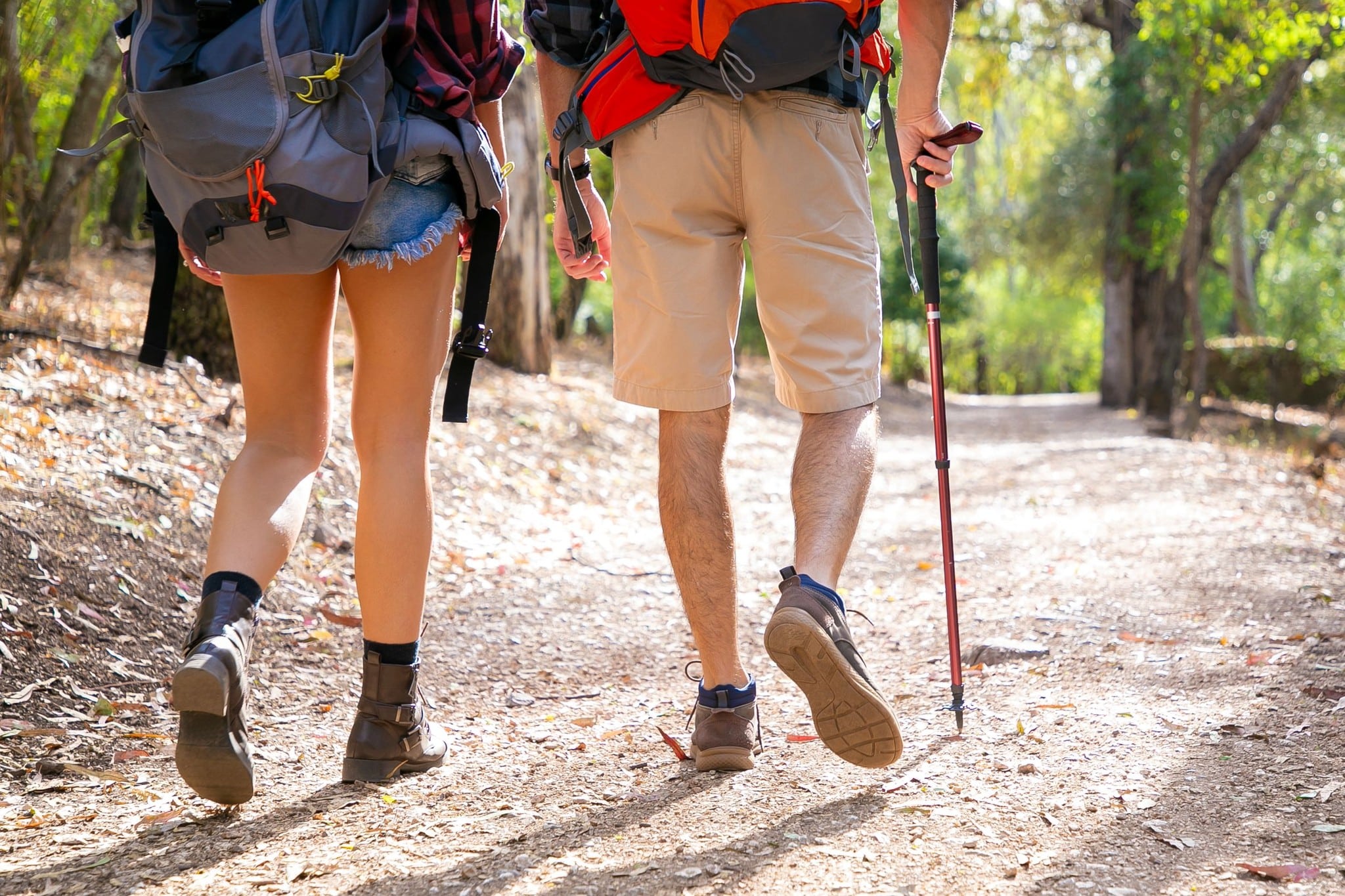Project’s creator says the full circular route could be operational in the next three years
A project to create the world’s longest circular walking route is being developed in Alcobaça, aiming to create a 3,000km route spanning around 100 municipalities across Portugal.
Entitled ‘Palmilhar Portugal’ (Treading Portugal), the project was created around two years ago by Ricardo Bernardes, who has been pitching the idea and developing it with “several municipalities which will be partners, collaborating in the delimitation and marking of the routes,” the creator of the project told Lusa news agency.
The idea is to attract “national and foreign tourists” with the pitch of “getting to know the best that the country has to offer,” from its untouched landscapes and heritage to its wildlife, customs and traditions.
To bring the idea to life, Ricardo Bernardes is hoping to attract even more partners to the project, from cultural and sports entities to hotels and restaurants, with the plan of creating “experiences packages” in each region.
Hosting events such as hikes and BTT rides is another means to promoting the route, allowing participants to also enjoy “gastronomic experiences or visits to museums or other” local attractions, he said.
A mobile ‘app’ is already being created to provide complete information on the route and allow users to “create their tailormade experience packages.” The app will also allow users to “receive information about the next location” they visit, contribute with their own insight as well, such as highlighting anything interesting they may find, and even book a hotel or a table at a restaurant.
The first route is being created in the municipality of Alenquer, district of Lisbon, and is expected to be inaugurated at the end of July, showcasing the area’s iconic vineyards and windmills.
Four routes in the Alentejo, three in the Centre region and two in Trás-os-Montes are due to open in the coming months, with the plan being to have 15 up and running across Portugal by the end of the year.
The routes will always be located on “public property” and will be “exclusively for walking”. Some of them will also be “accessible to people with reduced mobility.”
A digital passport is also planned, allowing users to register each route they have explored on the app, as well as a physical passport which can be stamped along the way.
Ricardo Bernardes believes he can have the entire 3,000km route operational in the next three years, depending on the willingness of local councils.


























